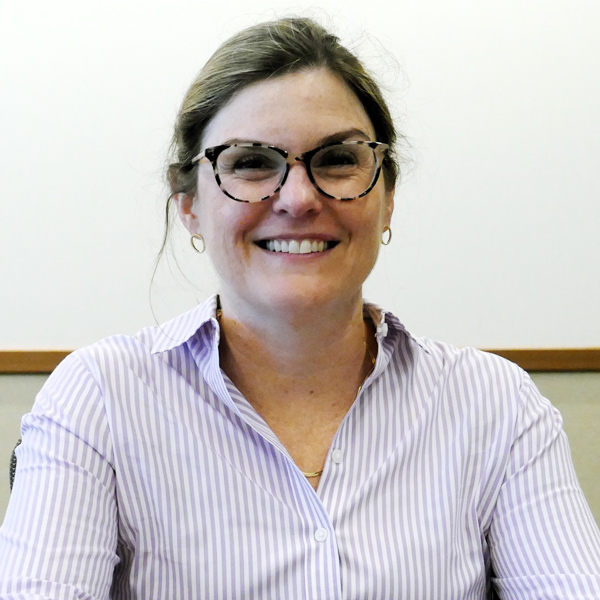OLYMPIA, Wash. — A bill to link Washington’s cap-and-trade program with the California-Quebec combined system drew no immediate opposition when it was introduced Jan. 12 but did collect several requests for technical changes.
The Washington Senate’s Energy, Environment and Technology Committee that day held a hearing for Senate Bill 6058, which would make the state’s cap-and-invest program mesh seamlessly with the longer-running programs dominated by California.
For Washington, the proposed linkage would allow its emitting industries to participate in a larger market for carbon allowances, which theoretically should bring down allowance prices. That should have the knock-on effect of reducing the state’s high gasoline prices, which opponents of cap-and-invest blame on Washington’s unexpectedly high Washington carbon allowance (WCA) prices being passed on by oil refiners. (See Group Says Inslee, Dems Knew About Cap-and-invest Impact.)
“This will help bring down costs for customers,” Matt Miller, a lobbyist for Puget Sound Energy, said at the hearing.
Washington’s one-year-old cap-and-invest program has added 21 cents to 50 cents per gallon at the pump, depending on how the calculations are done. Quarterly auction settlement prices for WCAs ranged from $48.50 to $63.03 in 2023, much higher than state experts predicted in 2021. By comparison, California’s settlement prices started at $10 in 2012 and reached slightly above $36 last year.
Energy, Environment and Technology Committee Chair Joe Nguyen (D), the sponsor of SB 6058, said joining the larger California-Quebec market would reduce and stabilize Washington auction prices. Nguyen said the larger market would encourage other states eventually to join it to further reduce prices. New York currently is designing its own cap-and-trade program to manage carbon emissions.
“We have folks looking at us and trying something similar,” Nguyen said.
In his testimony, Tom Wolf, a lobbyist for BP America, echoed Nguyen’s views.
The earliest the linkage could occur is 2025. However, a public referendum on repealing the entire cap-and-invest program goes to Washington voters in November. If passed, the referendum would nullify the proposed legislation. (See Wash. Cap-and-trade Opponents Advance Repeal Petition to Sec. of State.)
Most of the proposed changes to the bill are highly technical details. The biggest would allow a single bidder in a quarterly auction to obtain up to 25% of the allowances for sale, up from the current 10%. However, a single bidder still would be limited to obtaining no more than 10% of the allowances offered in a calendar year.
Environmental organizations largely supported the bill during the Jan. 12 testimony, but Sept Gernez, acting director of the Washington chapter of the Sierra Club, worried that trimming allowance prices would reduce cap-and-invest revenue going to the state’s climate change mitigation efforts.
Oil and business interests supported the idea of linking with California and Quebec but requested several technical changes.
Even the Washington Policy Center, which wants to eliminate the cap-and-invest program because of gas price hikes, supported the concept of linkage to reduce auction prices. However, Todd Myers, the WPC’s environmental issues director, wondered if a wider cap-and-trade market would bring outside political and economic pressures into the Washington system.
